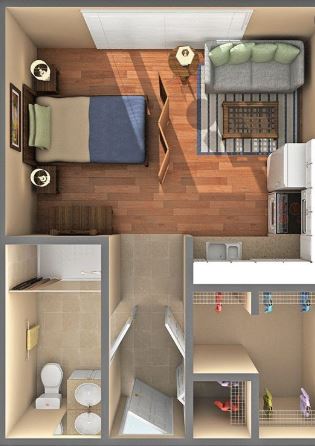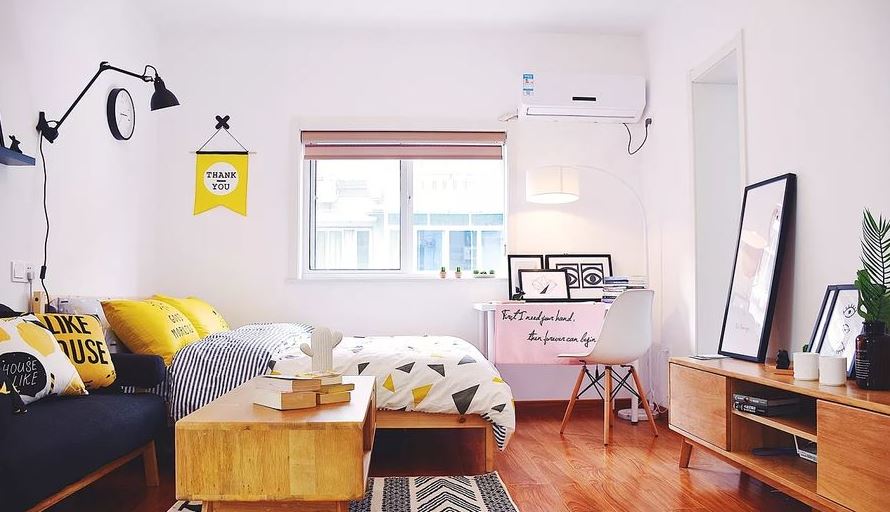
Australia’s A$22 billion National Disability Insurance Scheme (NDIS) is still an important policy of the coalition government. One of Prime Minister Malcolm Turnbull’s first tasks is to sign an agreement to fully promote the NDIS in Victoria and New South Wales by 2019.
These agreements provide some insights into the interface between housing and NDIS. They also proved that the plan will complement but not replace the efforts of the housing sector, government and families. The framework for funding NDIS participants and professional housing providers for the disabled will be released later this year.

NDIS still has a housing gap

NDIS will provide “reasonable and necessary” equipment and support for Australians with disabilities. However, the National Disability Insurance Agency has previously identified a huge housing gap for the expected 83,000 to 122,000 plan participants. The Senate’s 2015 report on affordable housing described it as an economic issue of national importance. The report says that the issue of access to affordable housing must become a “central and cross-cutting theme” in the overall government approach.
The people who need a lifetime of housing and support are those with severe brain injury (TBI) and spinal cord injury (SCI). There are an estimated 1,000 new severe TBI cases and 136 new high-level SCI or quadriplegic cases in Australia each year. The lifetime cost of each case is estimated to be between US$4.8 million and US$9.5 million. The Traffic Accident Commission (TAC), Victoria’s trouble-free road accident insurance scheme, has also identified a huge housing gap for its clients. Due to traffic accidents, many people live in TBI or SCI. Develop a new housing and support model through Residence Independence Pty Ltd (RIPL), aiming to provide more independent living options.
The first RIPL project is a collaboration between TAC and Summer Foundation. The Summer Foundation is a non-profit organization that focuses on young people in nursing homes. The project delivered six one-bedroom apartments using smart technology in a private and social housing development of 59 apartments in the heart of Melbourne. The on-site support staff center can provide services to the tenants of six apartments.
Tenants of RIPL Project One moved away from living with family or friends, or from the traditional family model of disabled groups. This is an exciting step on the way back to community life.

Continuously improve the support shell

In the past, investments in new supported housing (for example, the $60 million Federally Supported Accommodation Innovation Fund) did not include an evaluation of housing design and location effectiveness. If the evaluation is formulated and effectively implemented, the investment in “after-the-fact learning” can provide information for new projects.
TAC has conducted a large-scale post-residential evaluation of the RIPL project through the Institute of Safety, Compensation and Recovery. This assessment is combined with a detailed actuarial cost-benefit analysis to guide future investments. This research was awarded the International Research Excellence Certificate by the Environmental Design Research Association.
The evaluation results after use have been recorded in the interactive PDF report. This details the key evaluation criteria and includes virtual panoramic tours. Viewers can explore the housing and technical design, the support provided in these environments, and tenants’ access and use of the space.

Create better housing for the disabled

Key considerations include:
Site location and planning: Conveniently located houses close to convenient stores, public transportation and other services can promote community participation and tolerance.
Residential layout and planning: controlling light, temperature, and noise can increase the operating cost of the house; layout can establish tenant privacy; customization of joinery facilities can increase independence and reduce support requirements.
Housing transition: site visits and familiarization, and establish contacts in local communities, and conduct follow-up monitoring and support for effective routine work to promote participation and independence.
Smart home technology: Tenants and support staff are trained and continue to use integrated technology to avoid technology being abandoned and establish autonomy and environmental control.
Support model: Exemplary architectural and technical design must be combined with targeted disability support to build skills for independent living.
With the development of housing and supporting models, iterative evaluations after occupancy will establish an evidence base for tenants’ experience, results, costs and benefits, and opportunities. This will provide information for well-designed and well-located houses using smart technology in the future.
Turnbull’s leadership in NDIS rollout must now work with the government in a coordinated approach to provide best practice housing for persons with disabilities. Enhancing the implementation of the NDIS through the National Housing Strategy will bring social and economic benefits to Australia.

